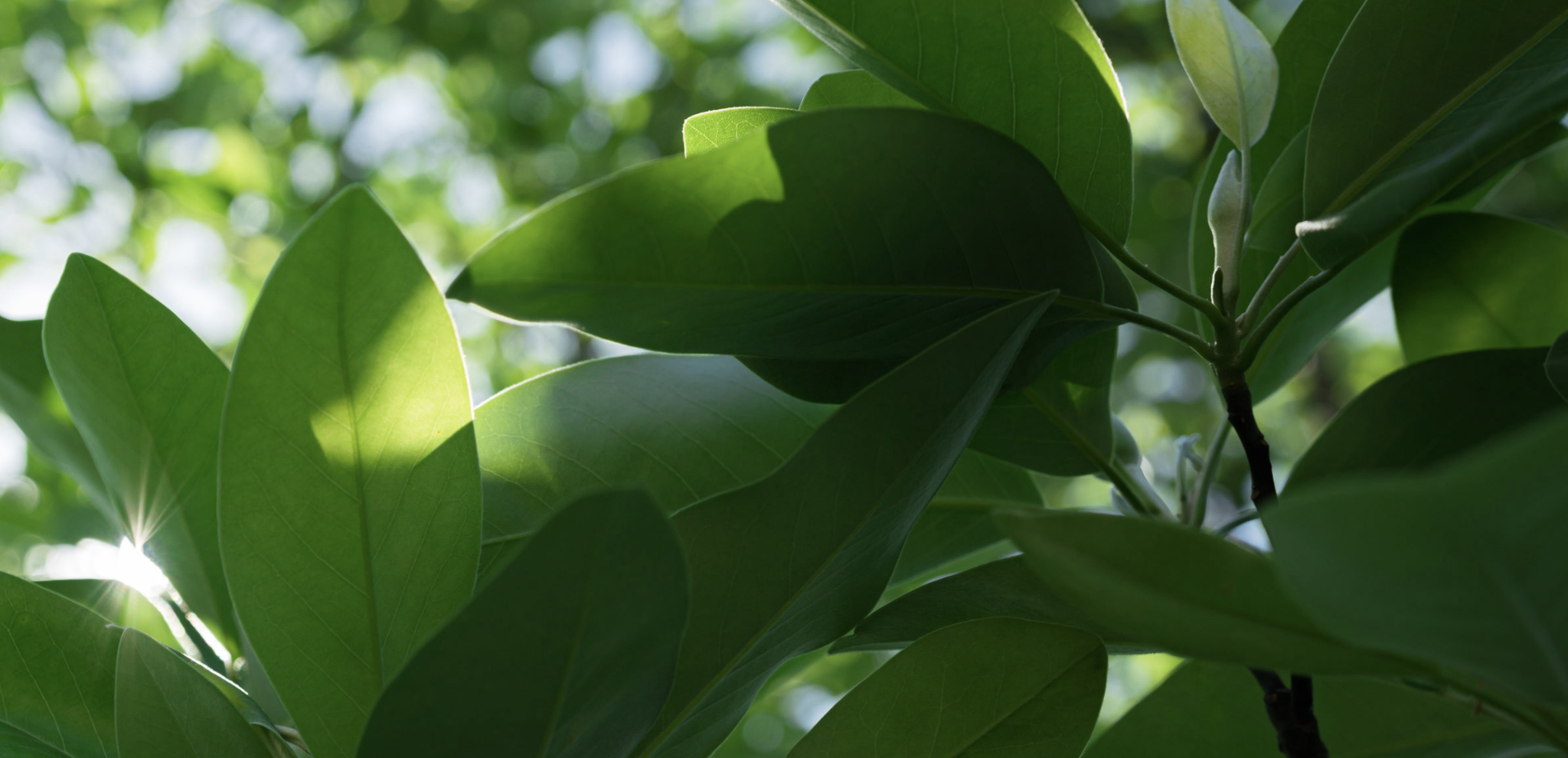THE LEAFLET

Brood X Cicada Update
Have you been enjoying one of nature’s most interesting and unusual phenomenons these days, the arrival of the Brood X cicadas? While we’re excited by their presence, it can be odd and unnerving having loads of large bugs crawling around, especially when you have beloved young trees to worry about! We provided some cicada resources pre-Brood X, but wanted to provide some additional info and resources now that we’ve gotten to spend some time with our cicada friends.
Overall it’s important to remember that trees are far more resilient than we think! Establishing and growing in a city is a tough job. Many trees survive and thrive in less-than-ideal conditions (compacted soil, sporadic watering, damage from bikes, pets, cars, and humans, disruption from construction). While cicadas aren’t a usual occurrence, trees are tough. Plus, we like to look at it as cicadas providing a 17-year aeration, root pruning, and fertilization program!
While cicadas molting and crawling on a tree isn’t harmful, cicada eggs hatching can cause slight damage. The cicada nymphs will aerate the soil and contribute to the soil health but waiting until they hatch to prune can benefit the tree. How can you best ensure your tree is in the right hands and you’re pruning positively for a tree’s success? Call Casey Trees! We offer tree pruning services for cicadas and practically everything else through our Consultation program. Submit an inquiry at caseytrees.org/consultation and an arborist will be in touch!
References say it takes 6 – 10 weeks for eggs to hatch, so if you see concerning spots on young trees, like browning leaves at the end of branches or scarred twigs, that would be the time to prune. We’re estimating that this will happen in the middle to end of July.
Larger trees won’t have a problem with the twigs cicadas have laid eggs on – they’ll simply drop the branches and grow new ones. Ultimately when pruning (for cicadas or anything else), we want to get in and make good, solid cuts on those branches to direct the new growth appropriately.